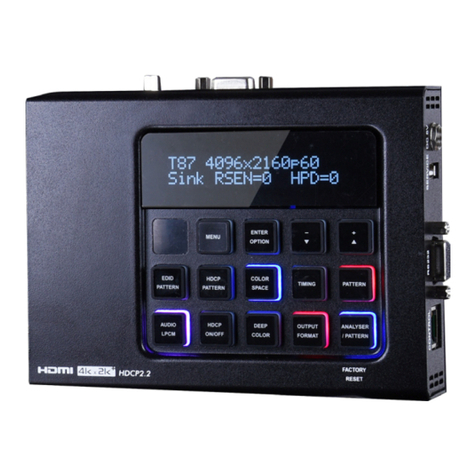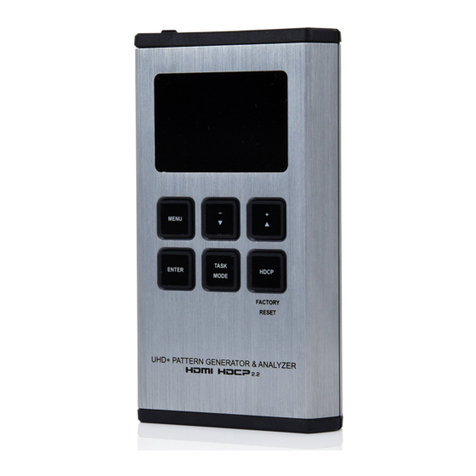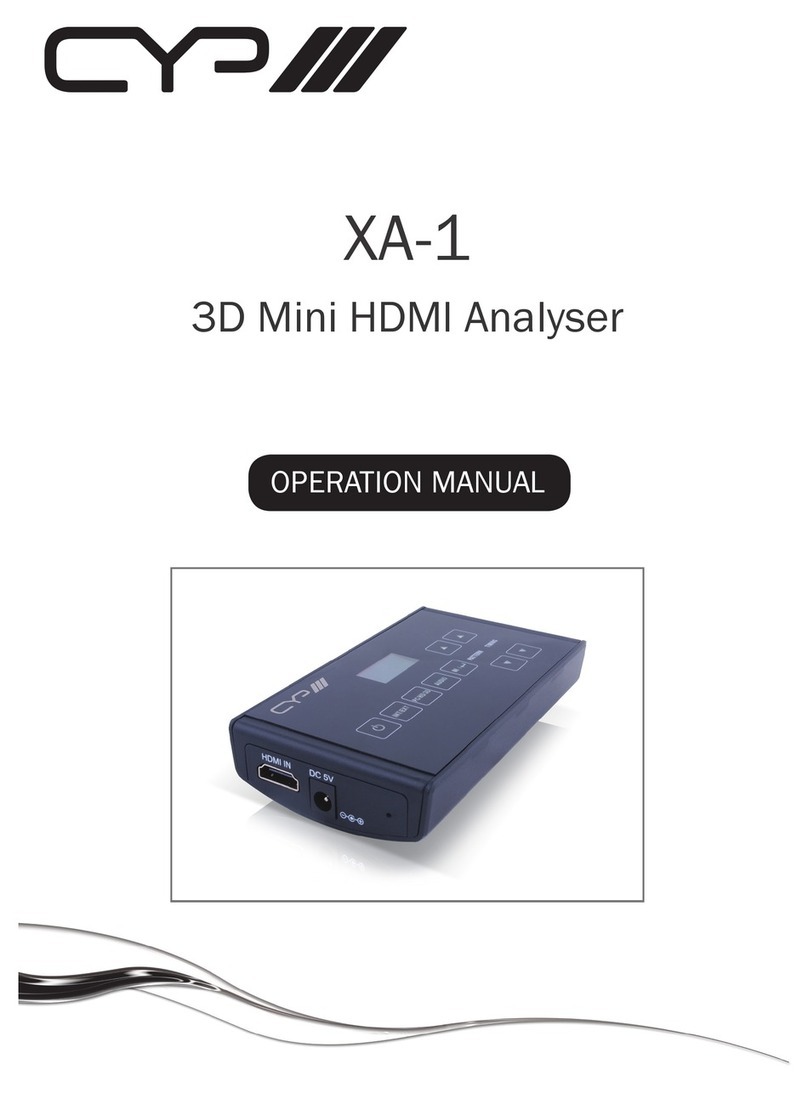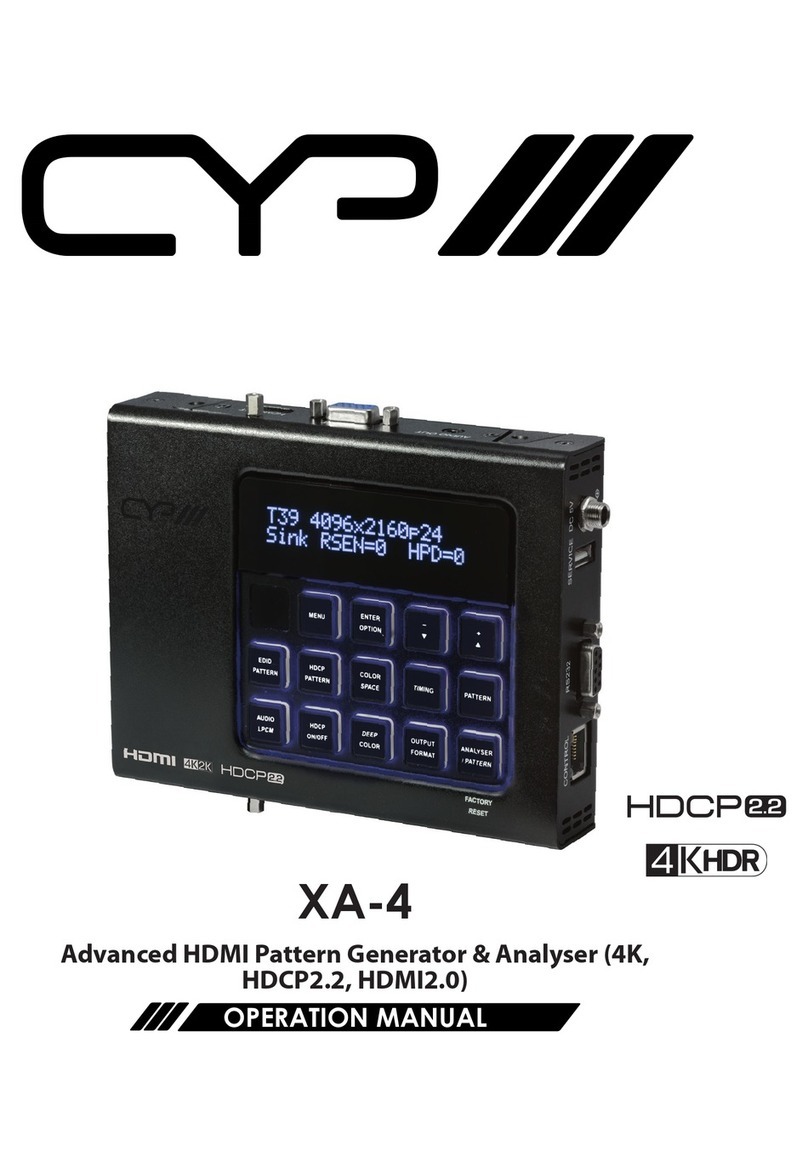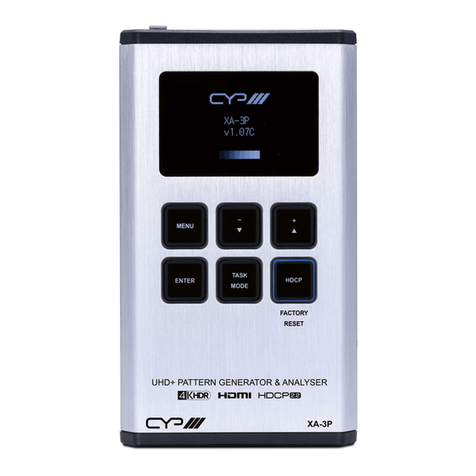
2
4. SYSTEM REQUIREMENTS
• HDMI source equipment such as a media player, video game console or
set-top box.
• HDMI receiving equipment such as an HDTV, monitor or audio amplifier.
• Personal computer (Windows or macOS) with a USB 3.0 port and plenty
of available hard drive space.
5. FEATURES
• HDMI input 1 and HDMI output supports 4K@60Hz with HDR
• Input 2 supports up to 1080p@60Hz
• HDCP 2.2 and HDCP 1.x compliant
Note: Video capture of sources using HDCP encryption is not supported.
• Automatically scales 4K sources to 1080p for USB capture
• Additional analog audio input via 3.5mm port
• Supports capture of stereo audio from either HDMI input (LPCM 2.0) or
the 3.5mm analog audio input (selectable via control software)
• Integrated audio mixer provides a way to combine an analog audio source
with HDMI audio
• Mode Switch button allows easy switching between the Full, PoP, and PiP
video layouts
• Complies with the UAC (USB Audio Class) and UVC (USB Video Class)
standards, allowing the unit to support most common capture and video
streaming software
Note: Access to many of the software controllable features of the unit,
beyond simple video capture, requires the use of the USB Video Capture
Control software which is only available for Windows 10 or later PCs
• Supports video timing stabilization to help ensure a reliable and stable
USB capture stream
• Capturing over USB 3.0 allows uncompressed video and audio data
capture (up to 1080p, LPCM 2.0)
• Capturing over USB 2.0 requires the application of minimal MJPEG
compression to the video and audio data (up to 1080p, LPCM 2.0)
• Unit may be powered directly via USB 3.0 (When using USB 2.0, a Y-cable
is required to provide additional power)
• Supports the Free OBS (Open Broadcaster Software) streaming software
which is available for Windows 10 (or later), macOS, and Linux.












